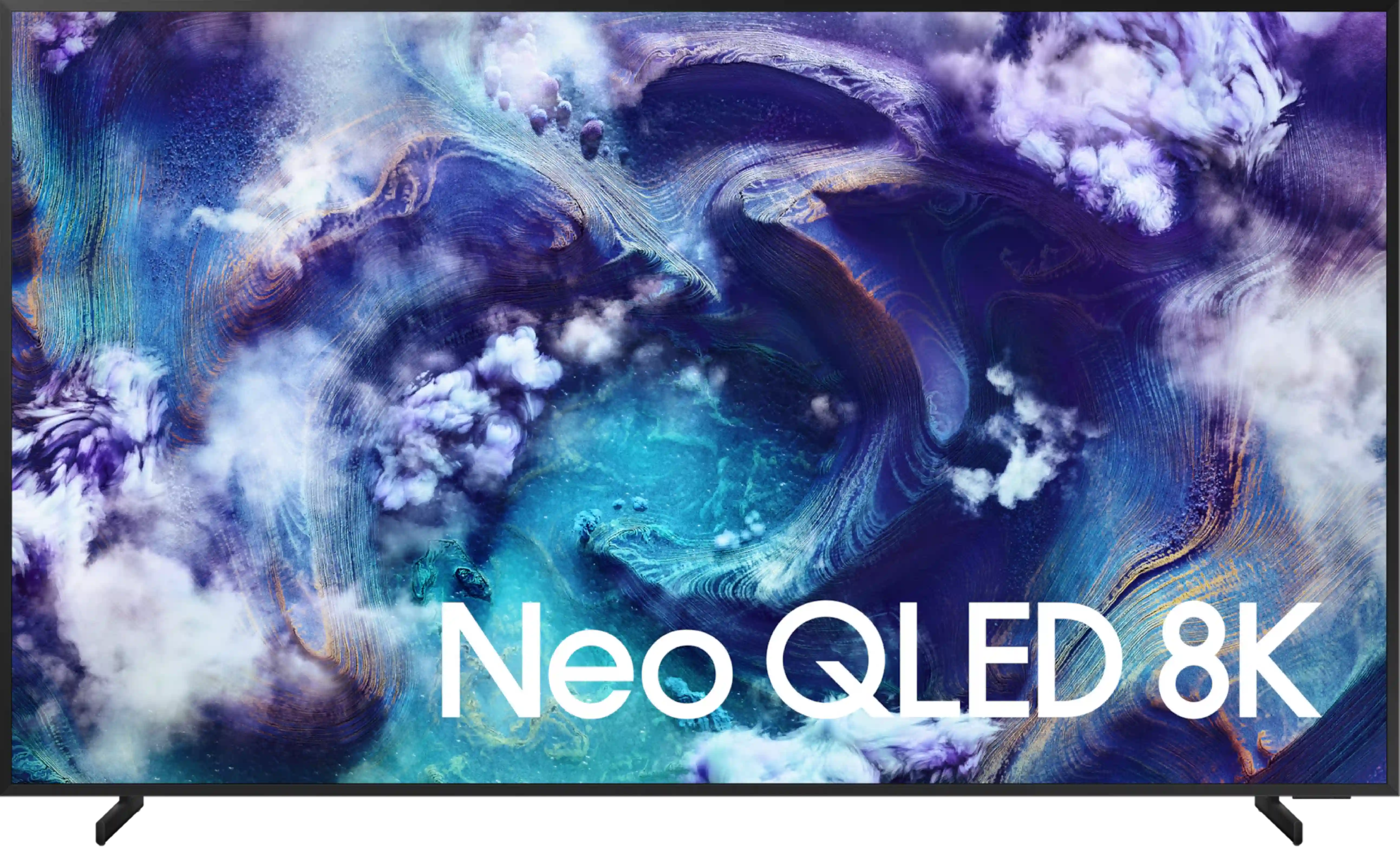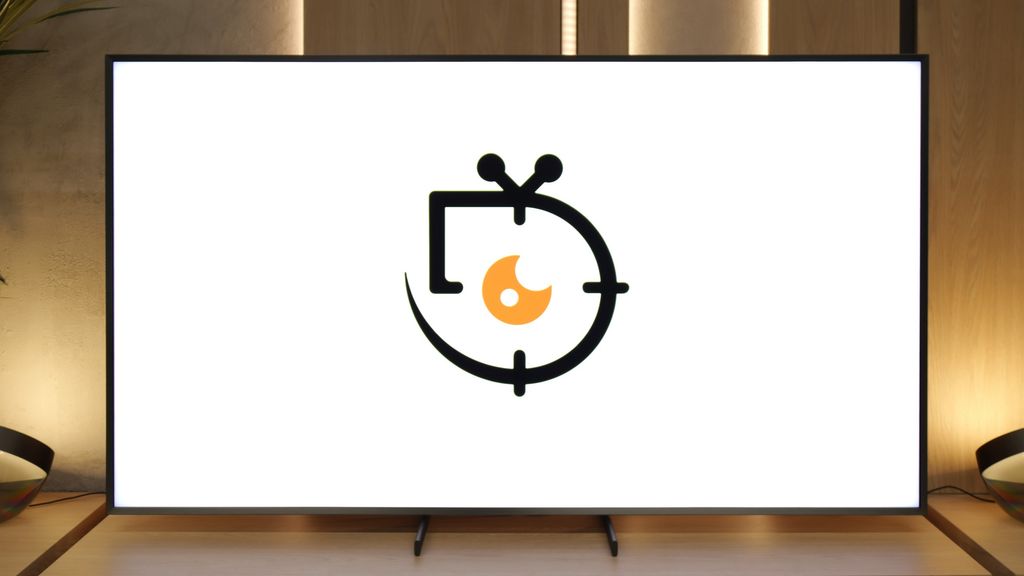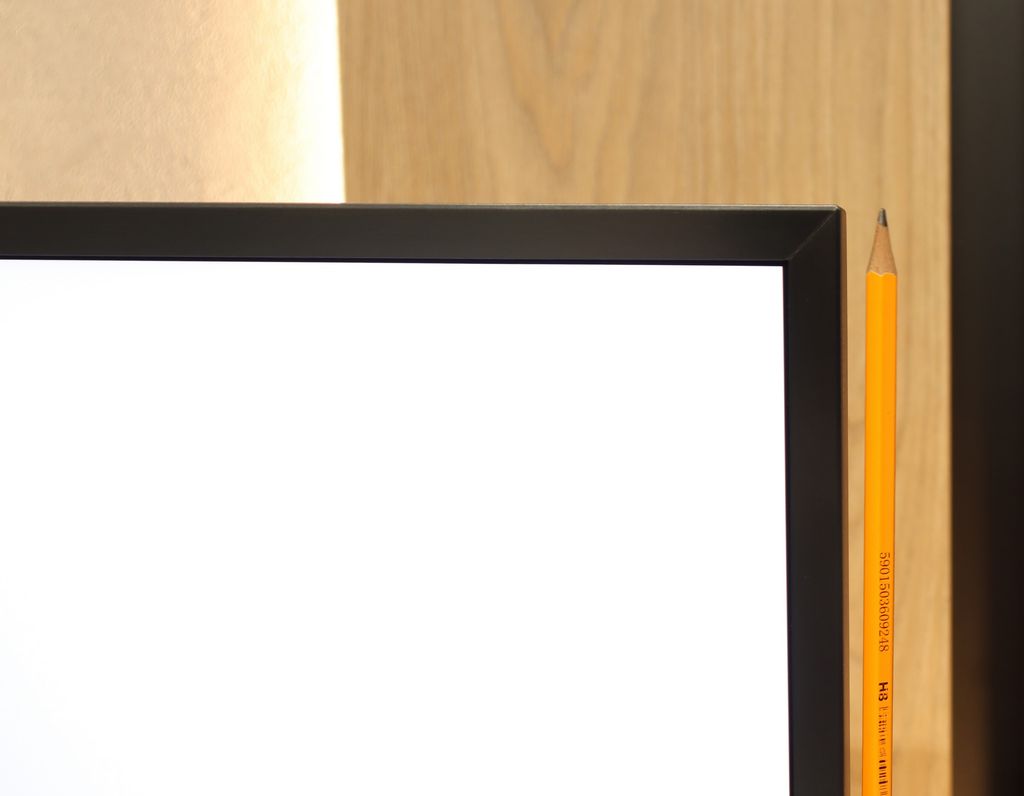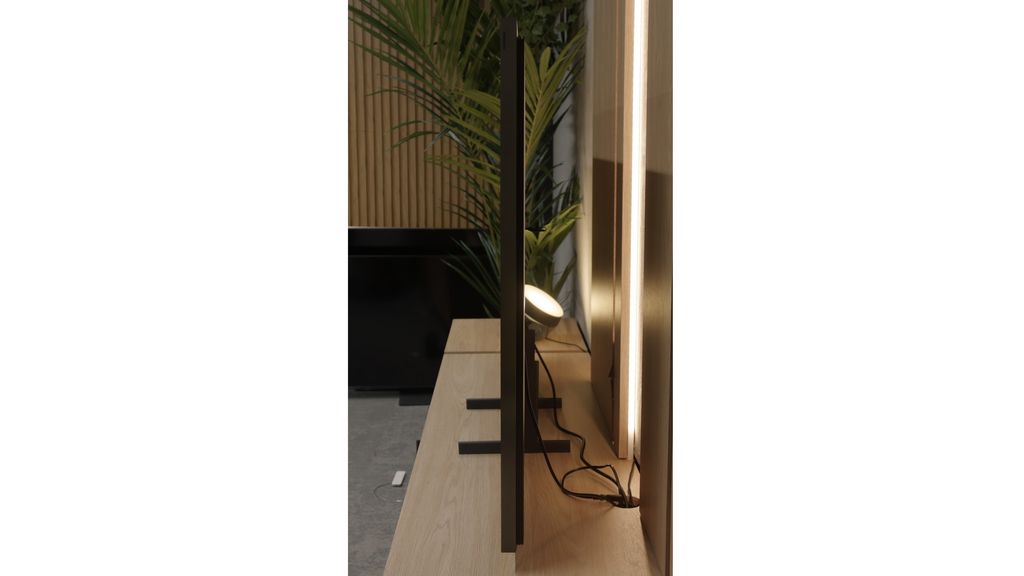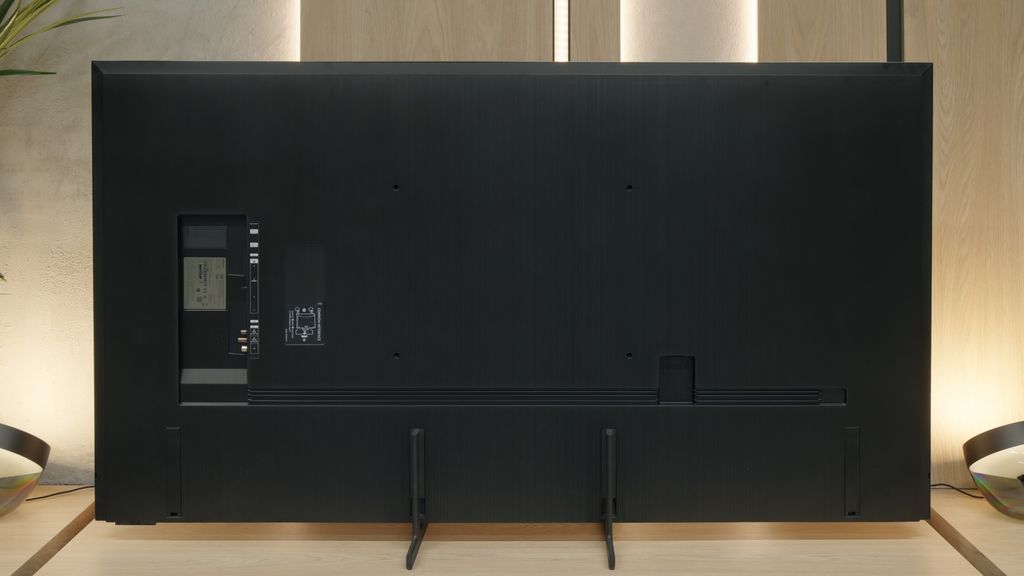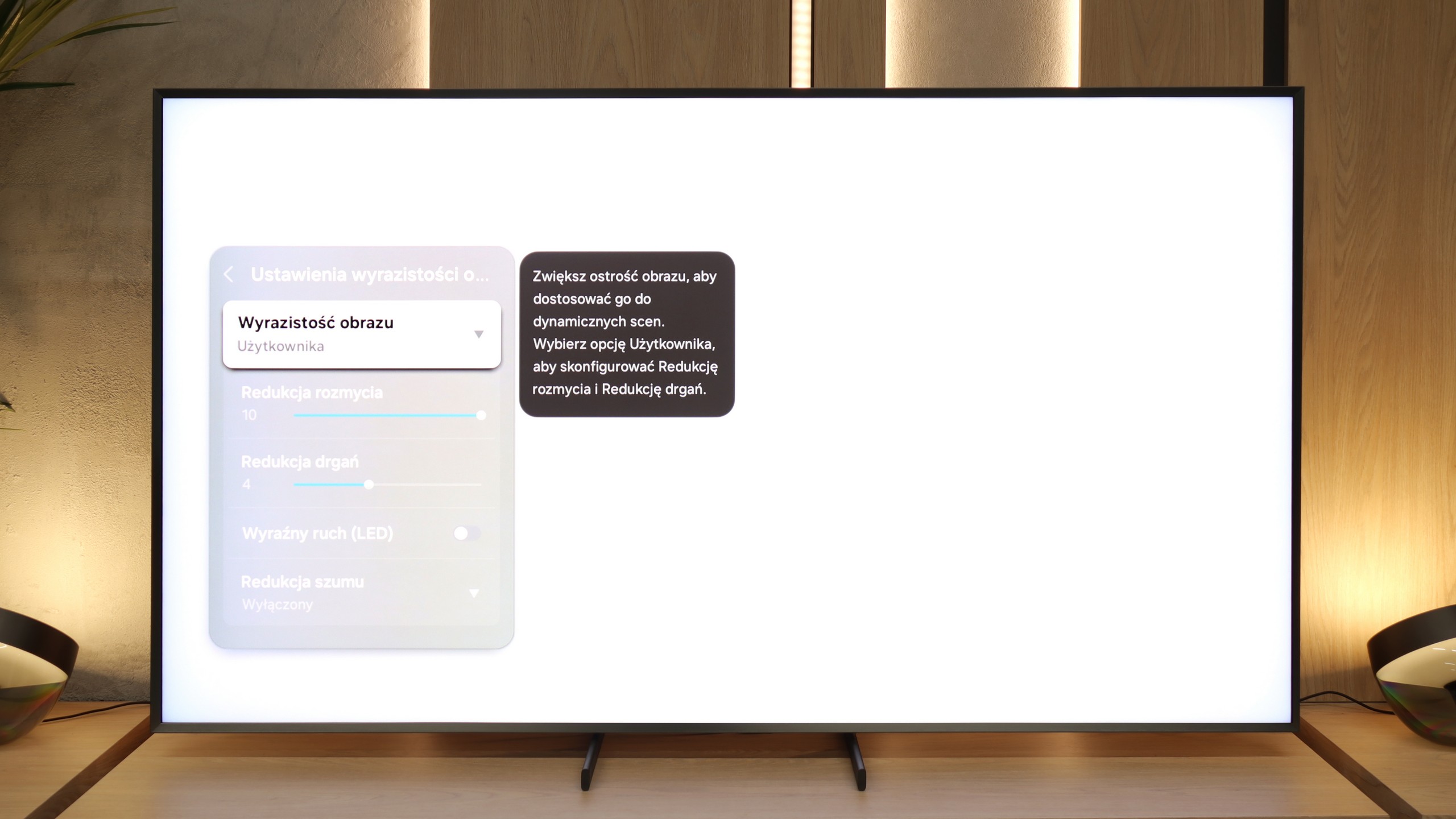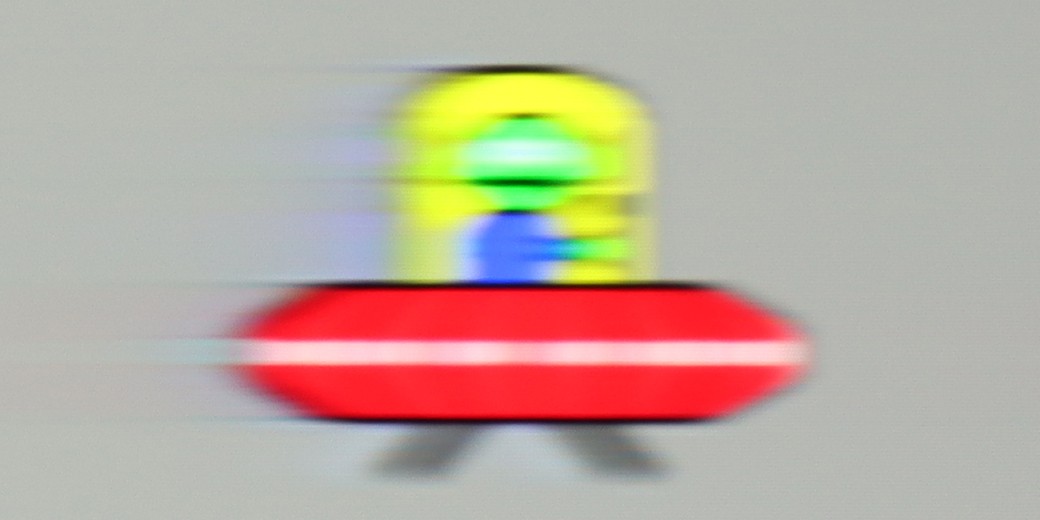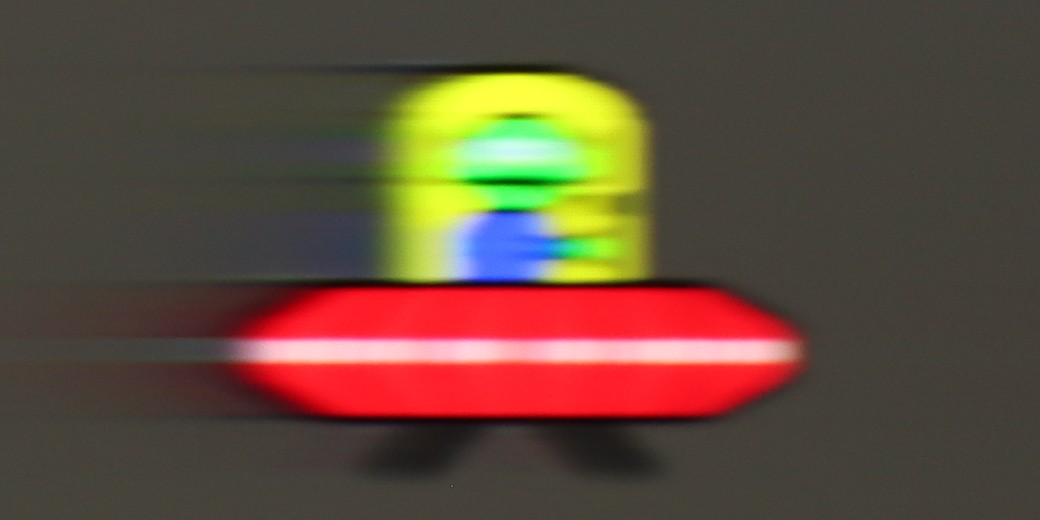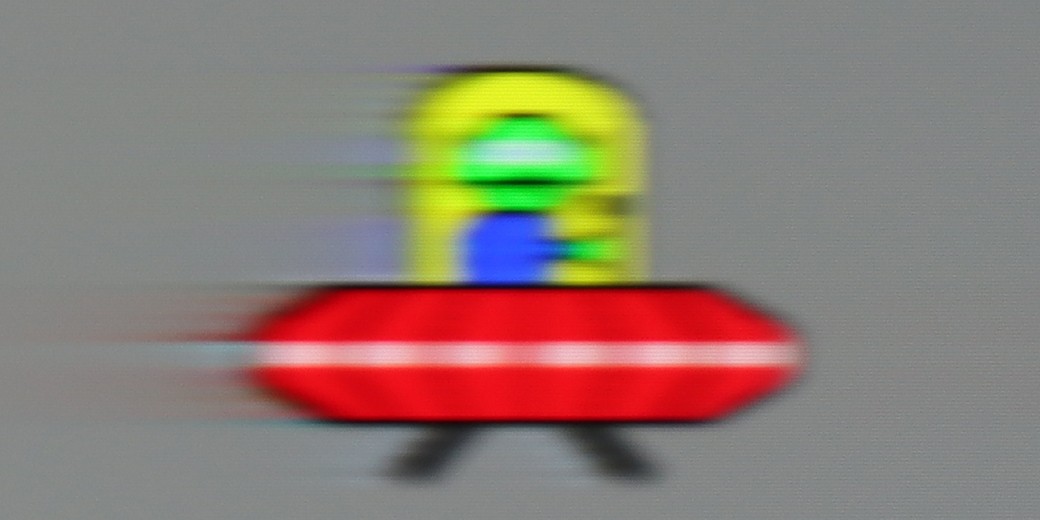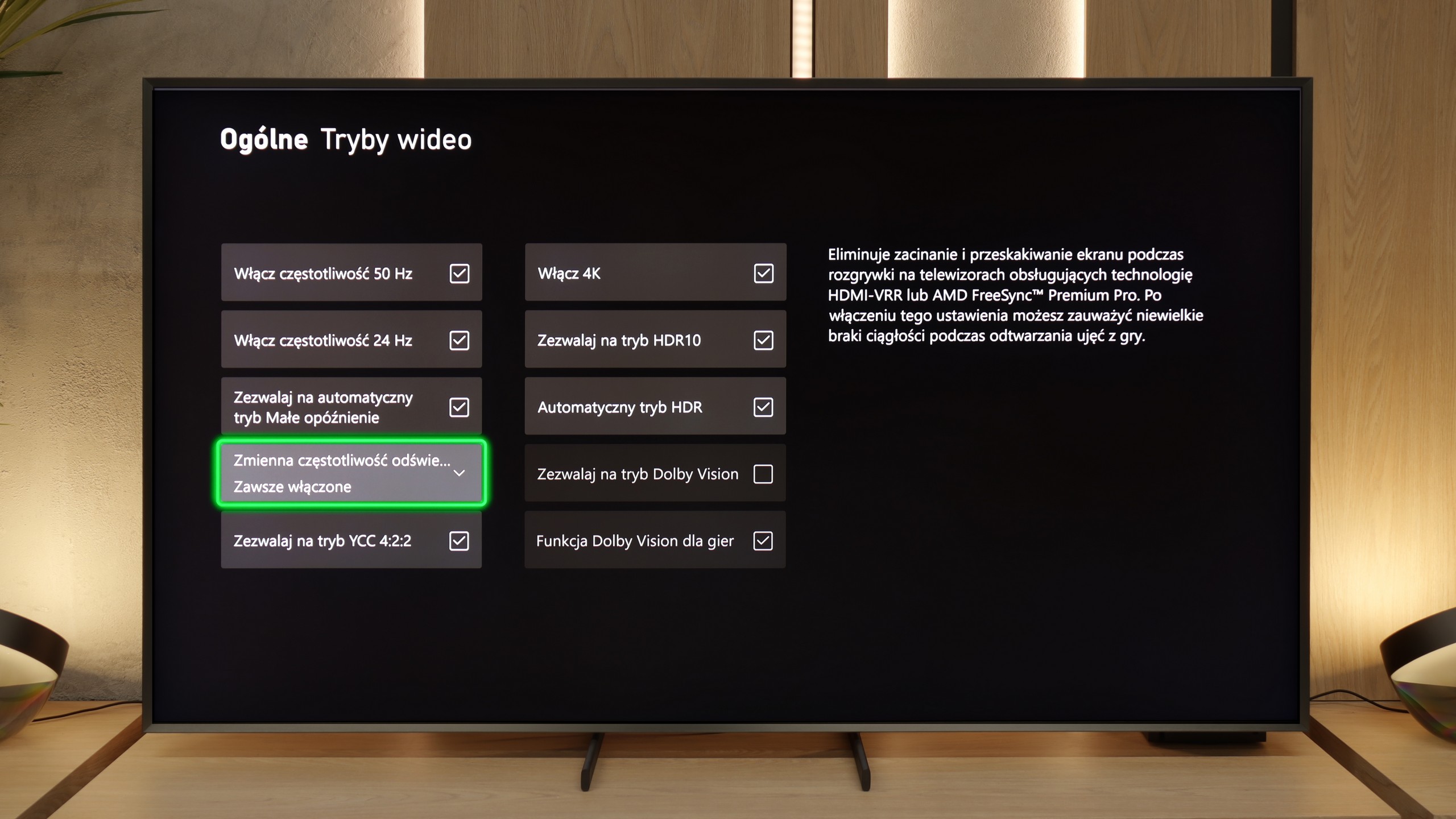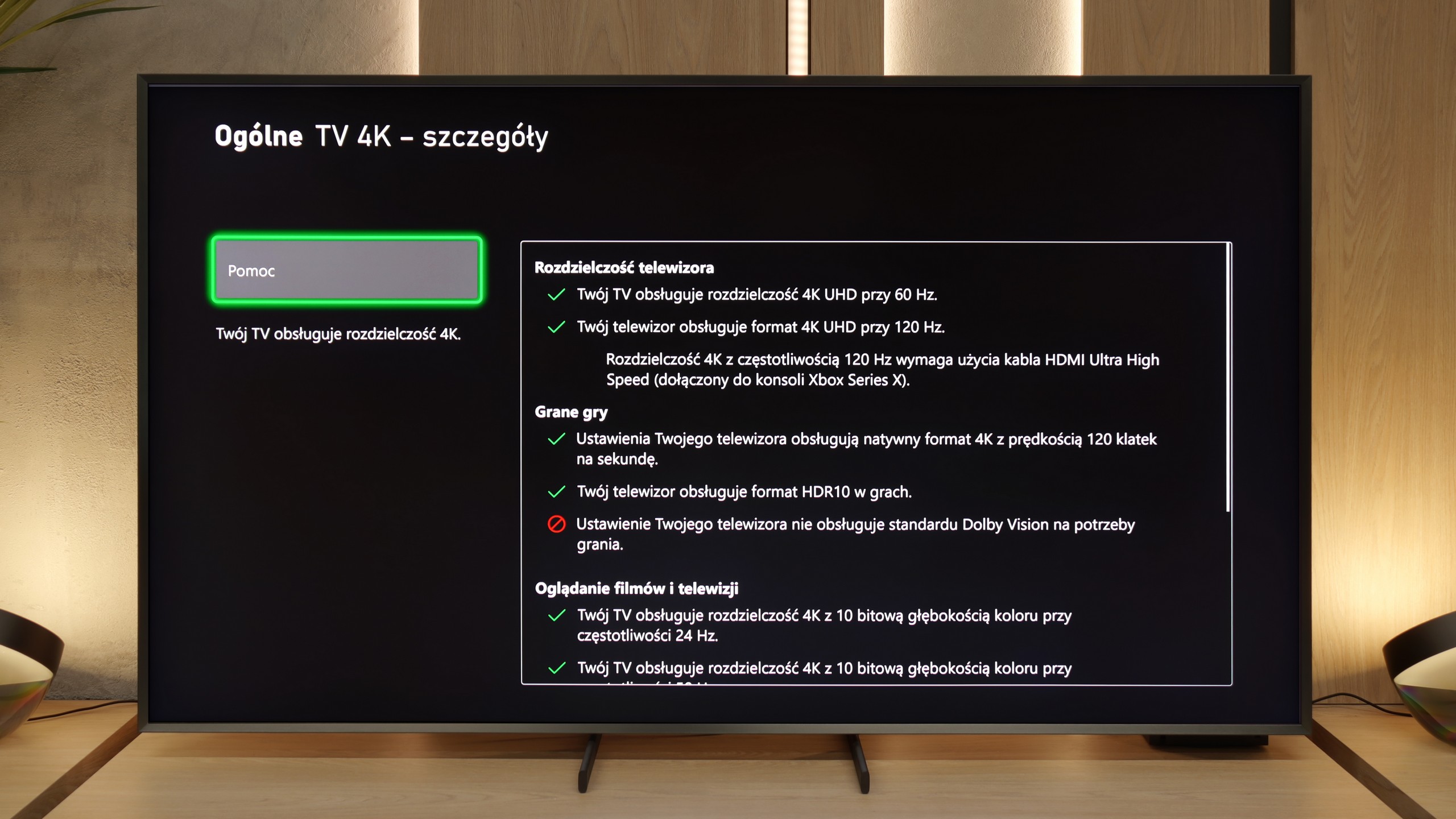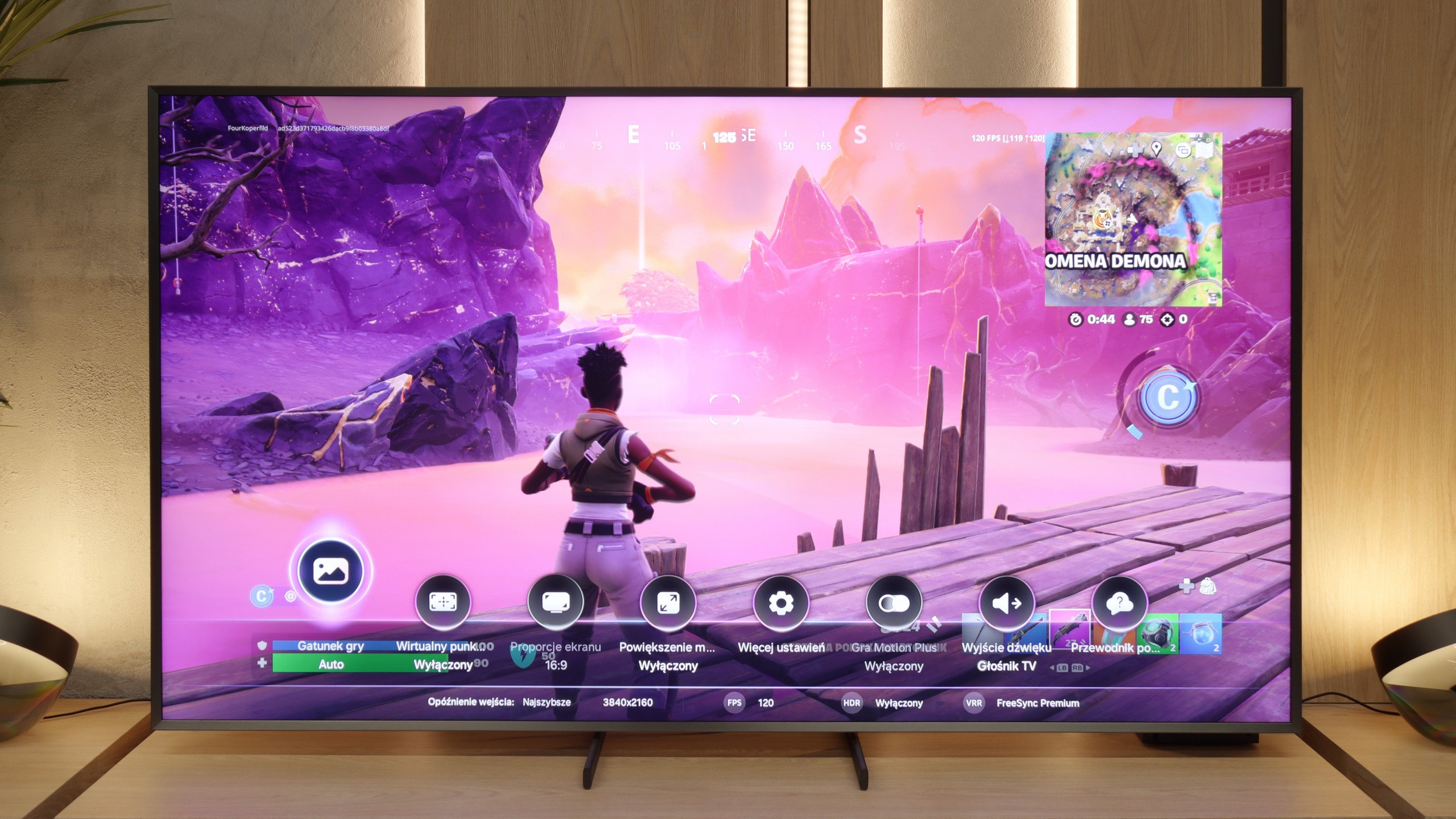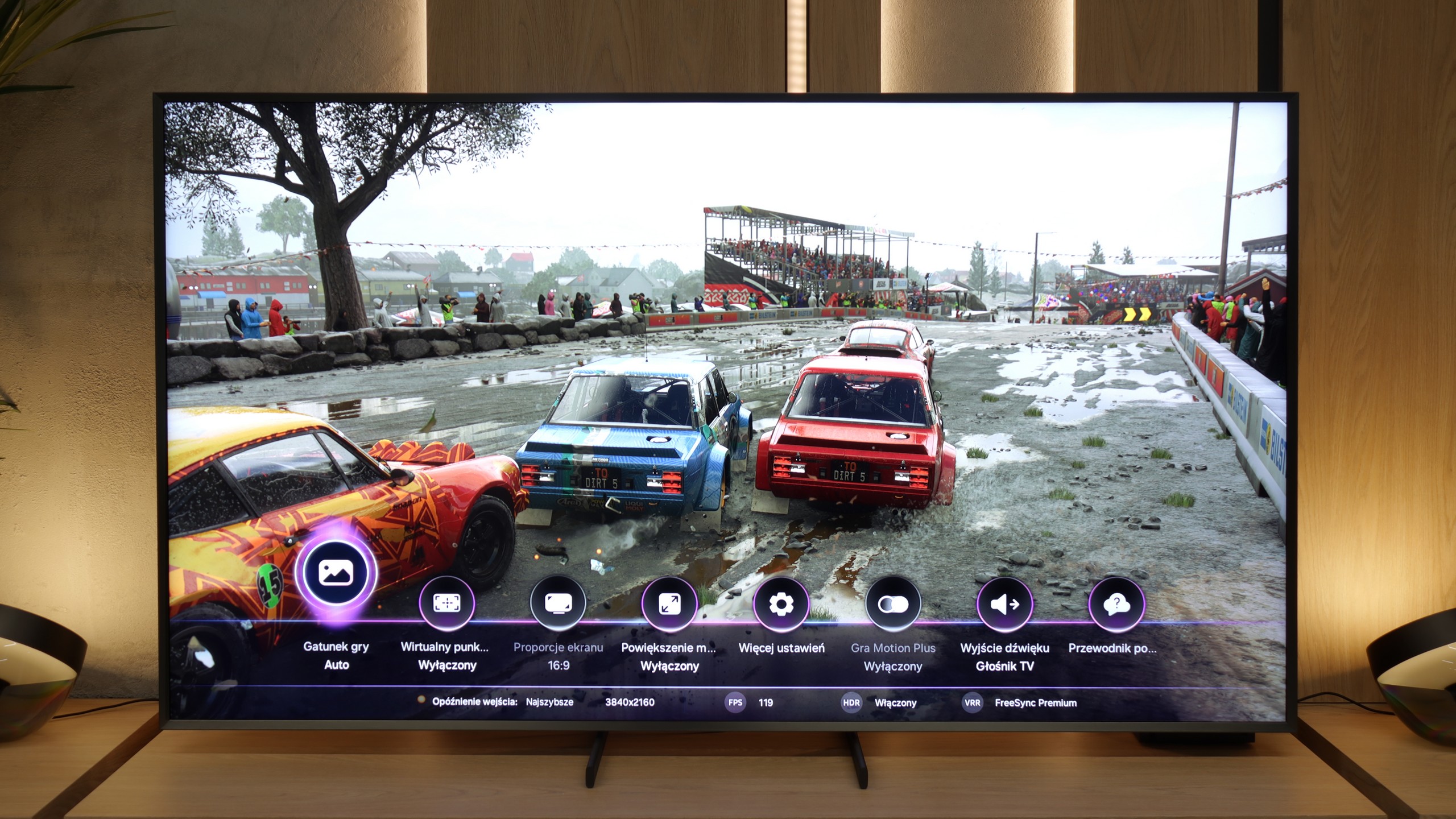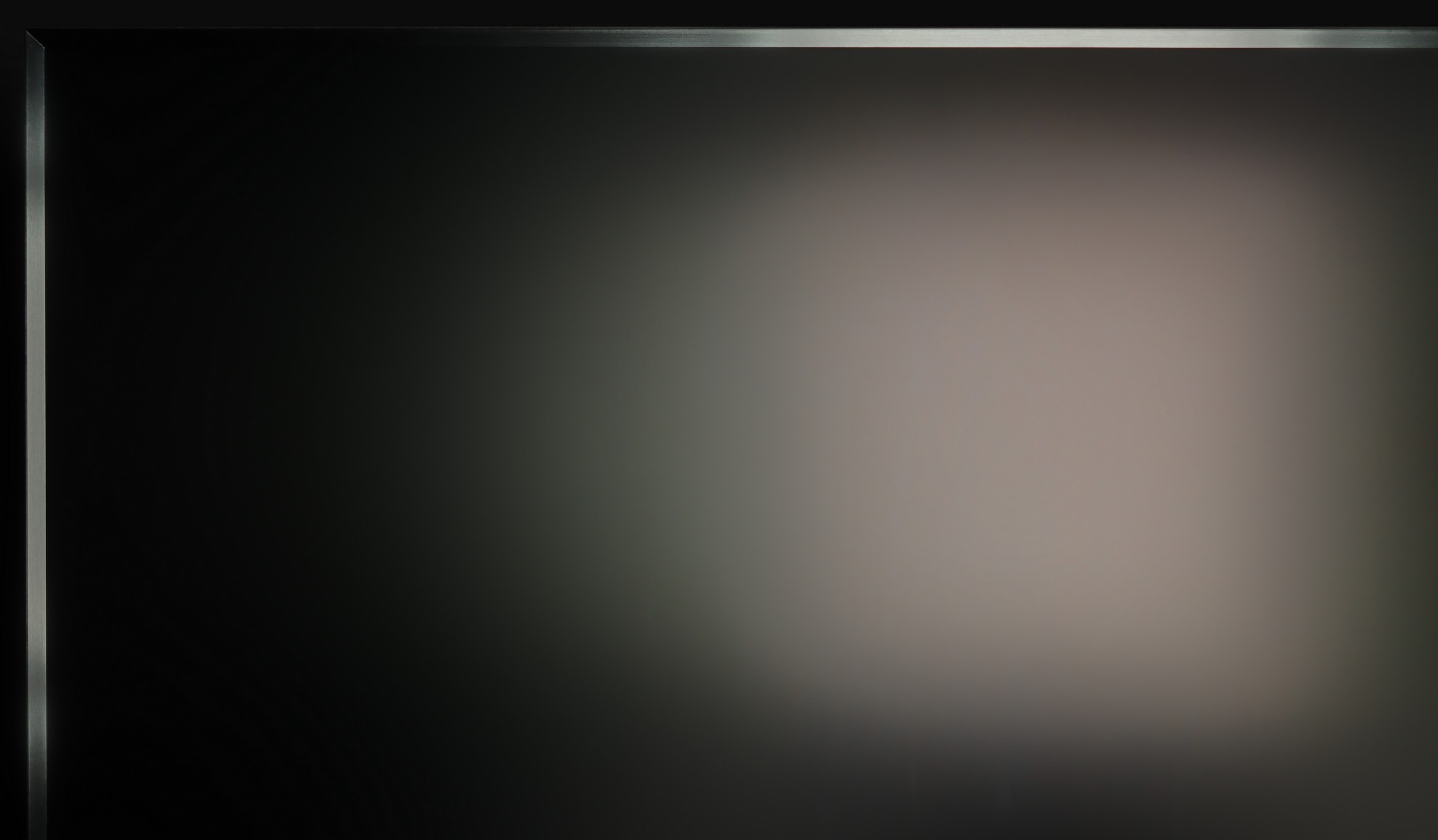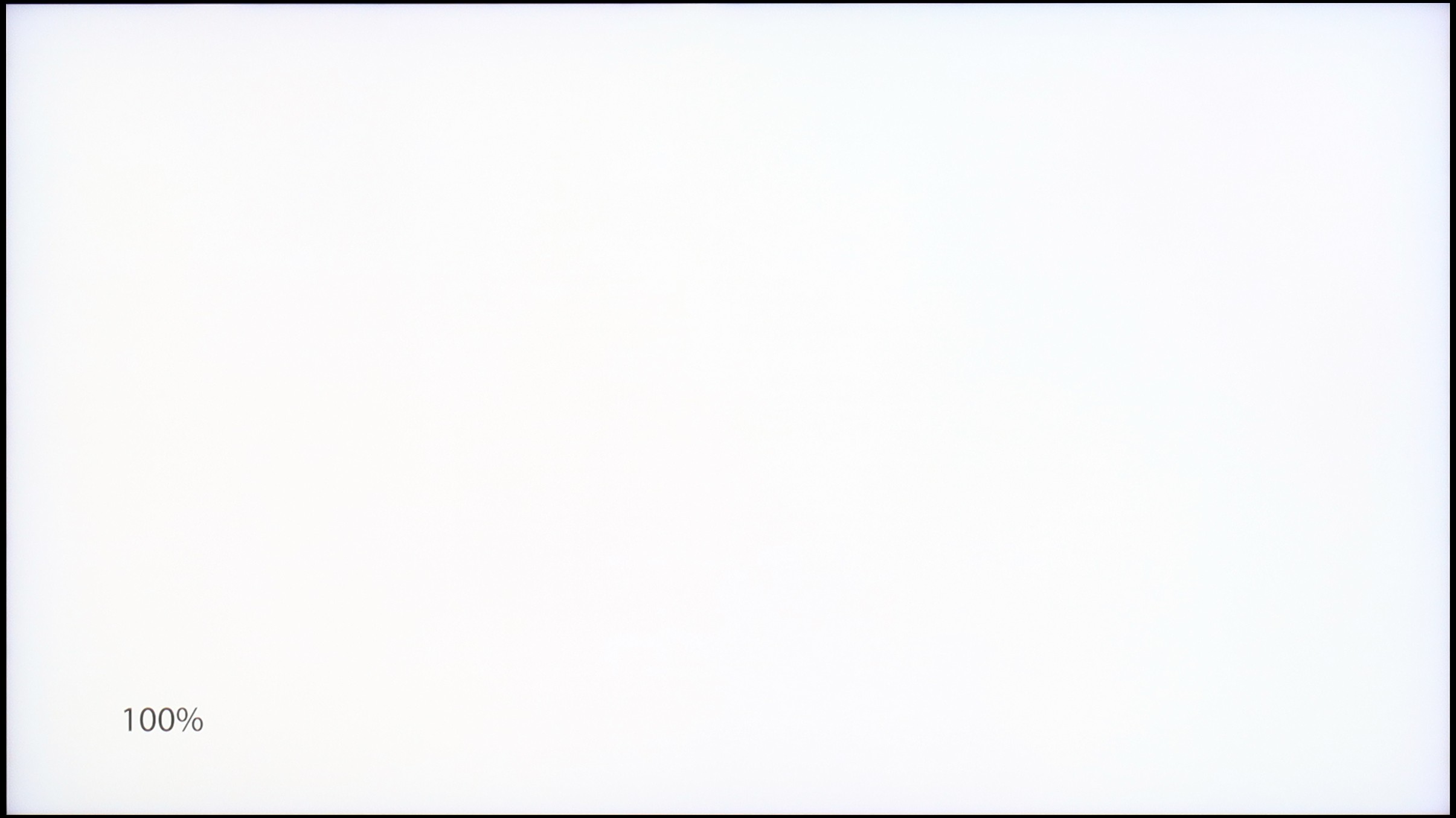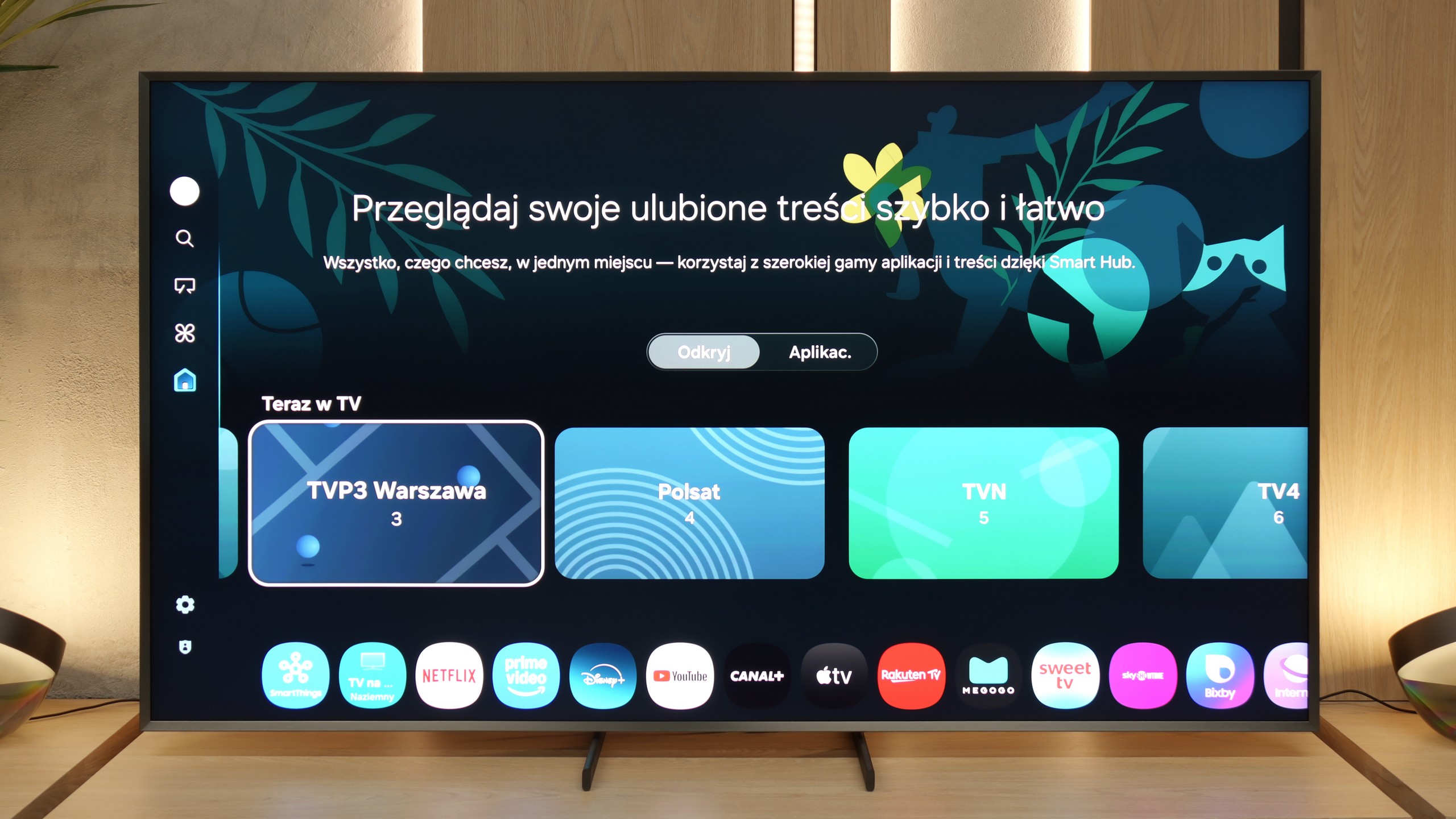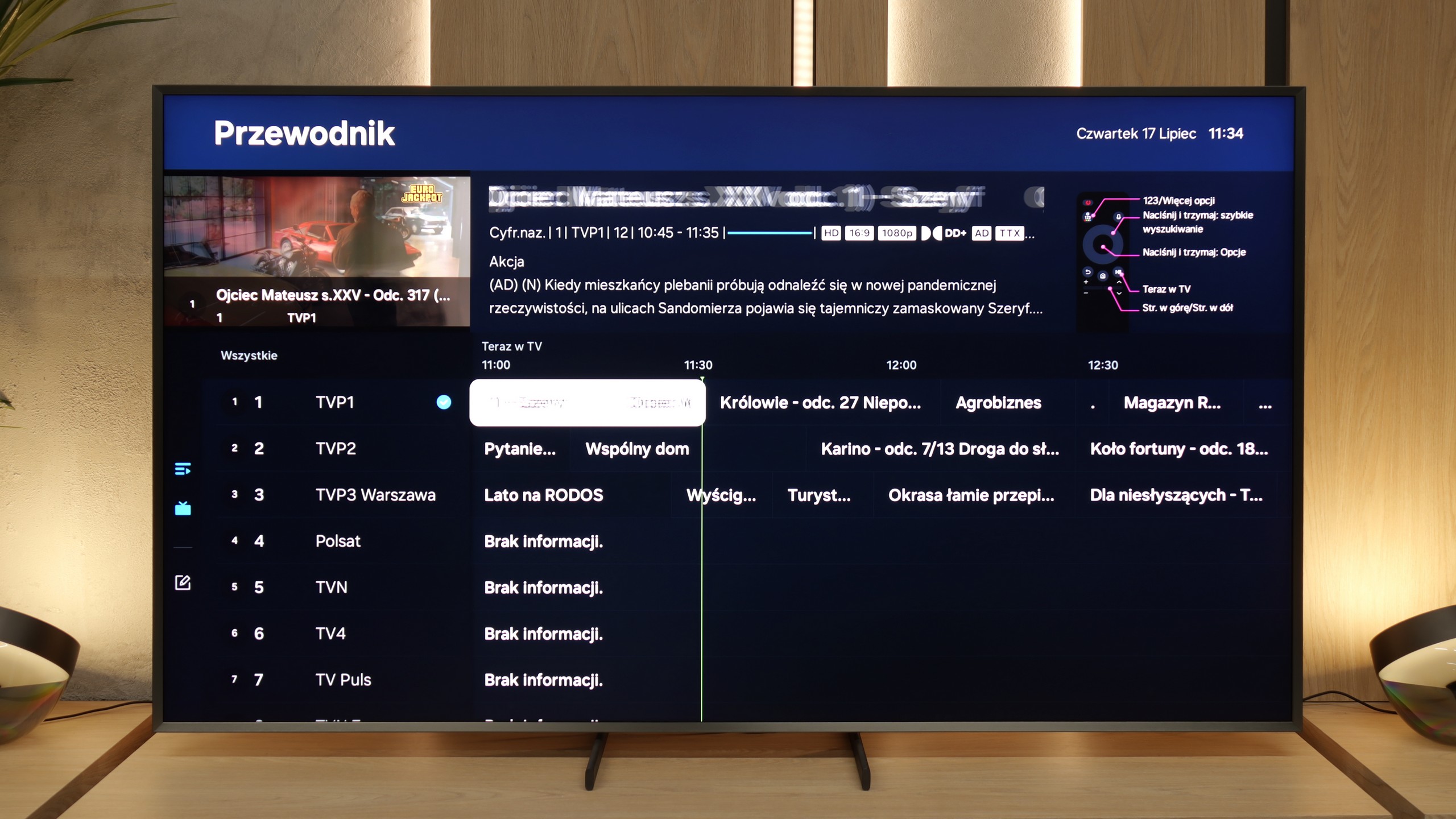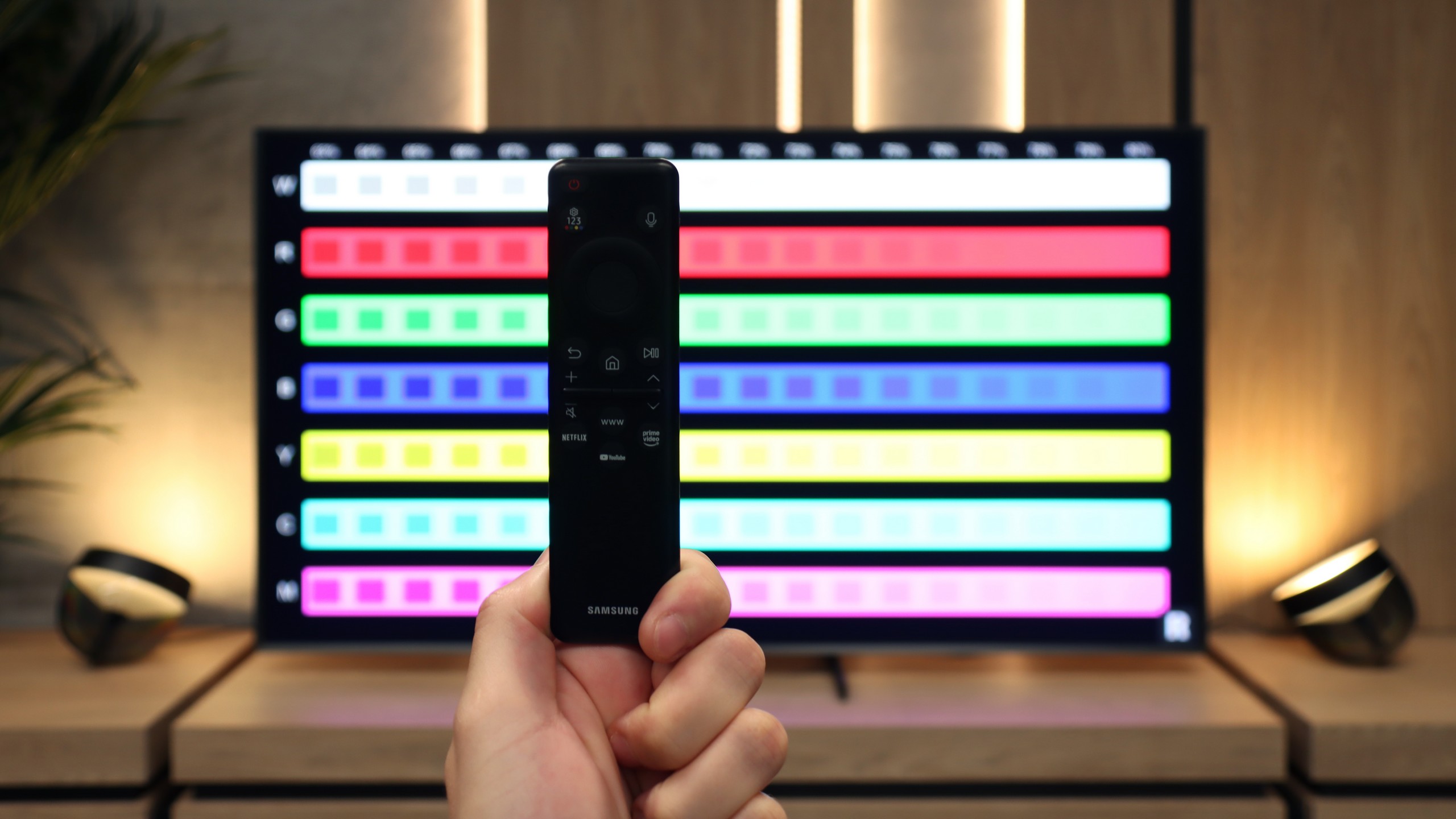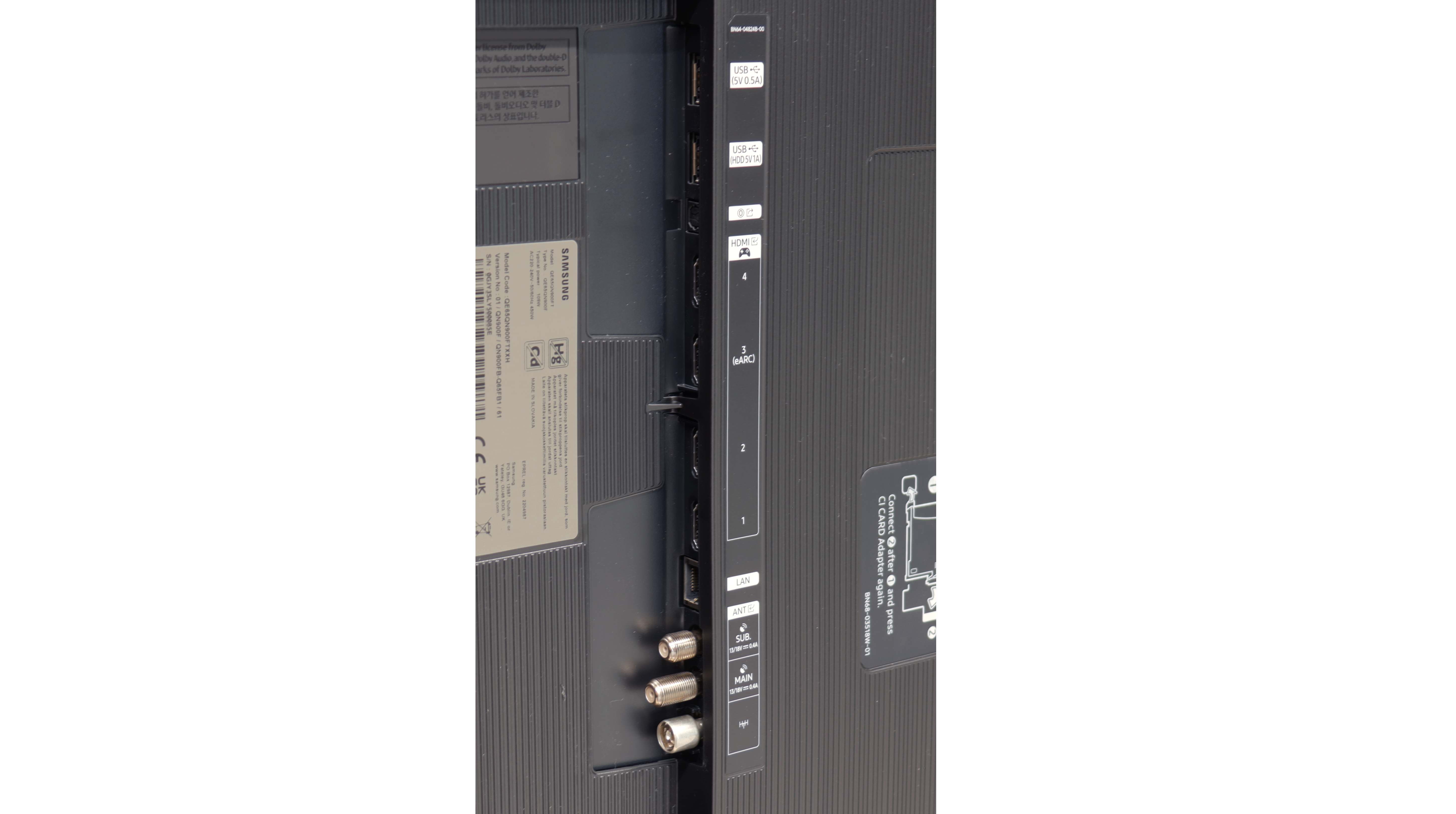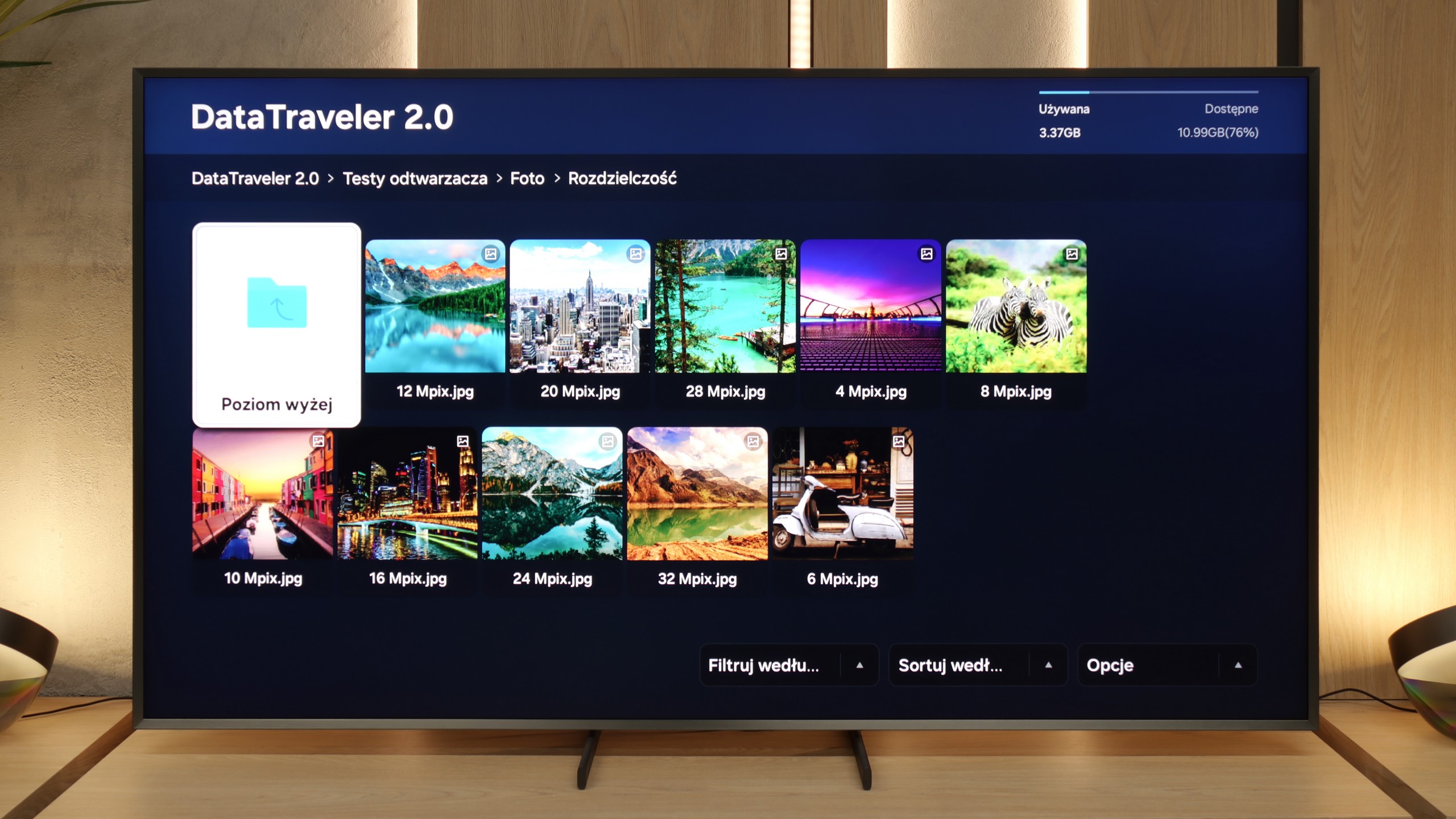The Samsung QN900F is a television that can make a tremendous impression. The greatest strength of this model is the combination of Mini-LED backlighting with a matte panel. This not only gives us decent blacks but, above all, incredible brightness and excellent readability in all conditions. During the day, in a brightly lit living room, it is probably the best-performing television in this year's Samsung offerings. Gamers will also find plenty to enjoy here – despite being an 8K screen, it can operate at a frequency of up to 165 Hz in 4K. Additionally, it comes with a full HDMI 2.1 package, VRR and ALLM features, and low input lag, so the QN900F is suitable for both next-generation consoles and PCs. The design also deserves great praise – when hung on the wall, with a thick metal frame, this model resembles a more luxurious version of the iconic The Frame. Combined with the matte panel and Art Store mode, it can indeed be treated as equipment that not only plays and lights up but also decorates the living room.
However, not everything is perfect. Despite its impressive specifications, local dimming management does not always perform as well as one might hope. Given the large number of zones, Samsung could refine its control over blacks and HDR effects – it is evident that the potential is immense, but it does not always translate into top-tier picture quality. Moreover, it is important to remember that 8K resolution is still more of a novelty than a genuine necessity, and the price of this model makes it easy to start looking for cheaper alternatives, including within Samsung's own offerings. Despite these reservations, the QN900F is a television that can undoubtedly impress. Its strength lies not in the 8K itself but in how it presents the image, how it looks, and the enjoyment it brings during use.
The Samsung Q7F is the manufacturer's cheapest model from the QLED line, and it must be admitted that a few advantages can easily be specified here. After calibration, the colours look really good, and the additional QLED filter makes the hues more saturated than in typical budget LCD televisions. Additionally, it features a VA panel that offers quite decent native contrast. It is certainly not at the level of top-tier models, but it performs adequately for everyday viewing. However, the biggest plus is the Tizen system, which is Samsung's flagship offering. It operates smoothly, is feature-rich, provides access to a multitude of applications and add-ons, and at the same time allows for straightforward connection of the television to the SmartThings ecosystem and control of other devices in the home. And basically, this is where the list of advantages ends, as the longer you use the Q7F, the more apparent it becomes that this is a product that is significantly underdeveloped. It's not just about the panel itself with its low brightness and mediocre picture quality in HDR films, but also about the lack of features that typically worked flawlessly in Samsung models. The manufacturer claims the presence of VRR and HGiG, but in practice, they offer no benefit, making it difficult to recommend this television even to casual gamers. It also does not perform particularly well for regular television as the digital image processing is at best average, and the tone transition enhancement feature, which usually worked excellently in Samsung models, hardly functions here. The Q7F is a piece of equipment that can only be recommended to those looking for a television with two phrases on the box: “QLED” and “good Smart TV”. Everyone else receives a rather bland product that falls significantly short of competing even with other more budget-friendly options. It’s a pity because usually, the word "QLED" in Samsung meant something more than just an ordinary television.
